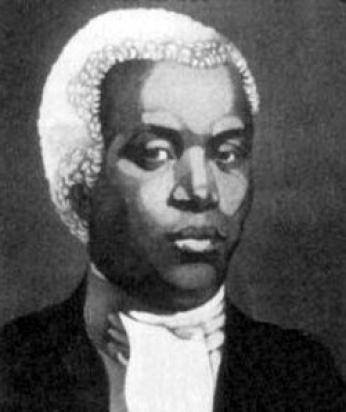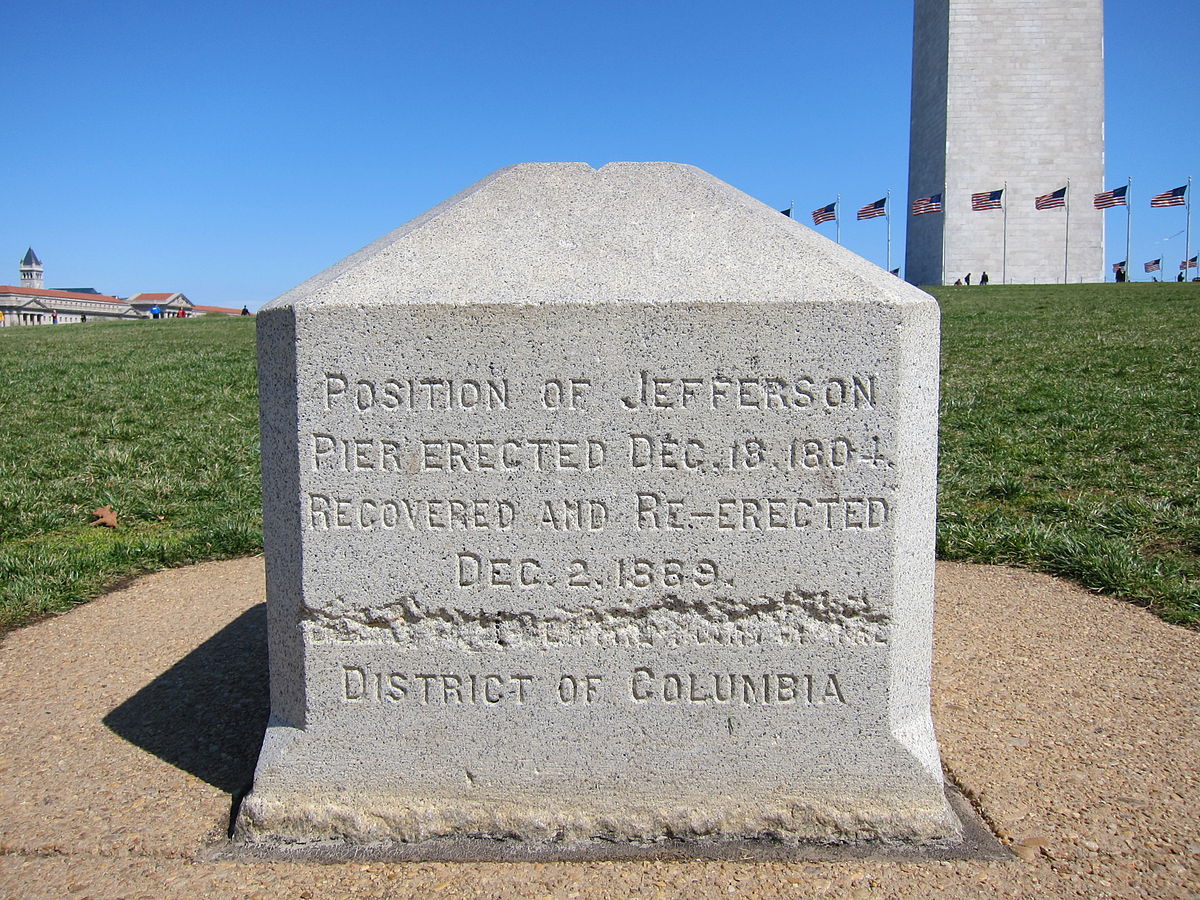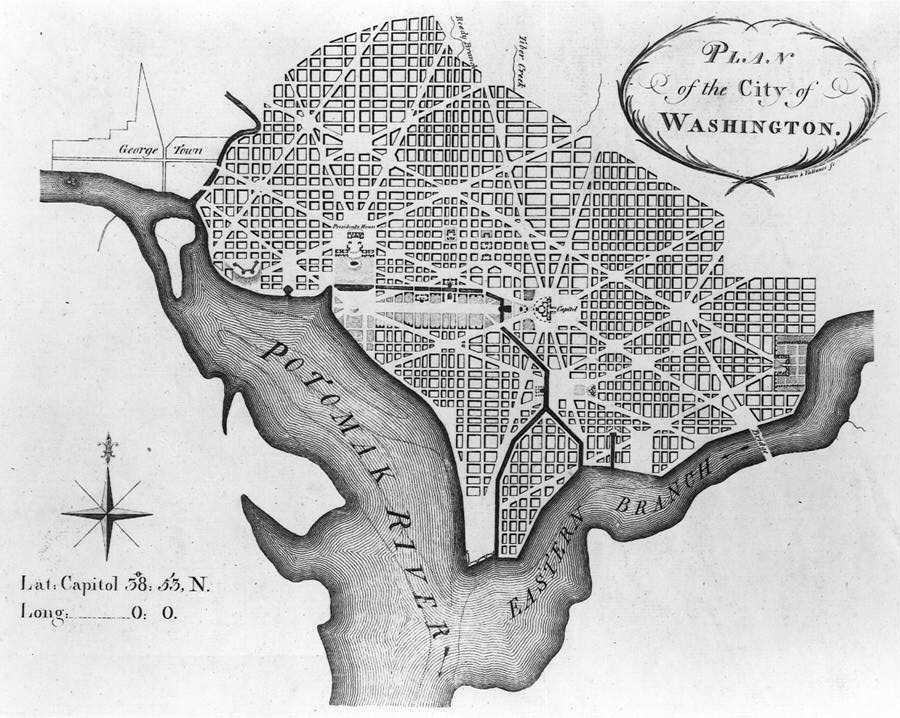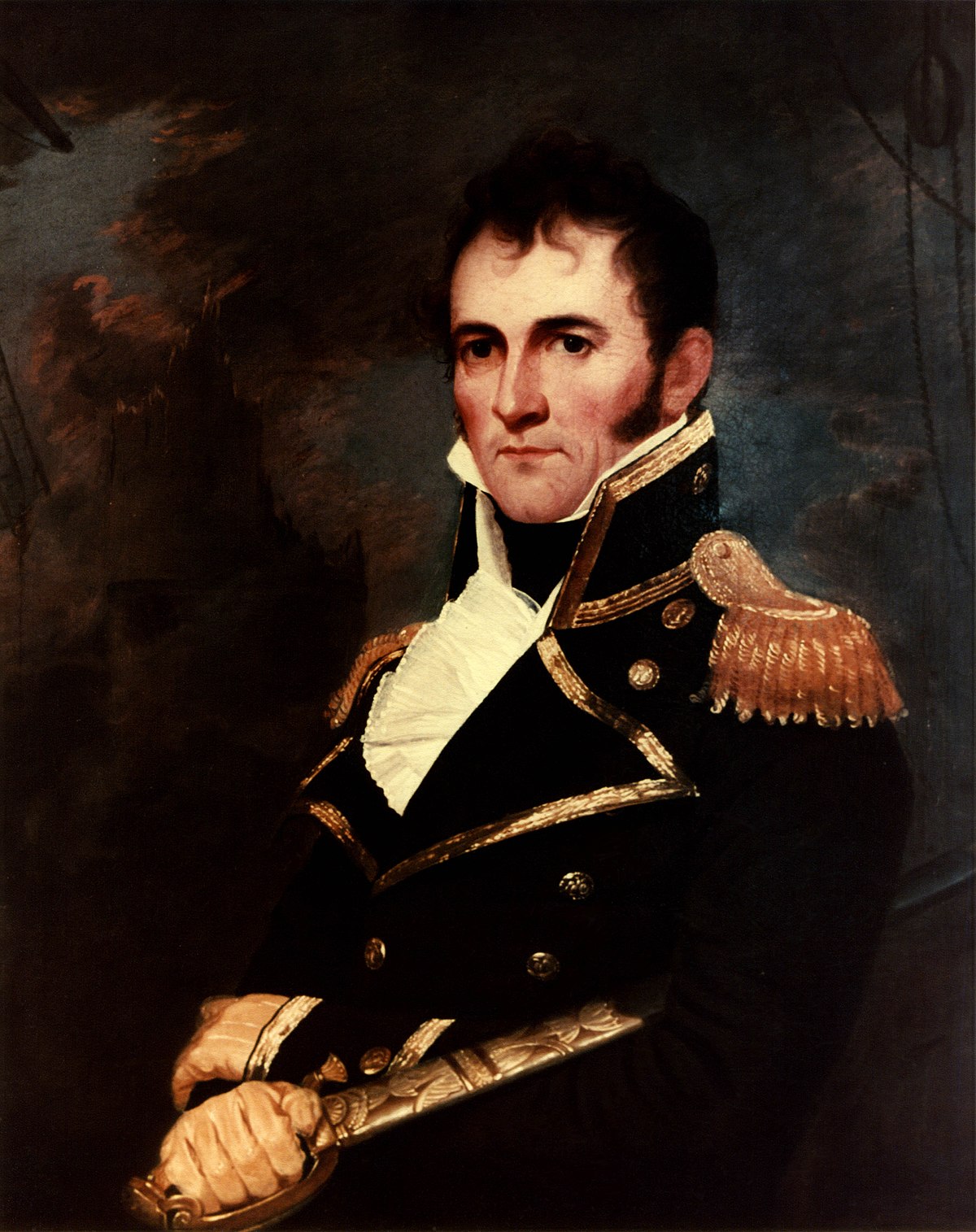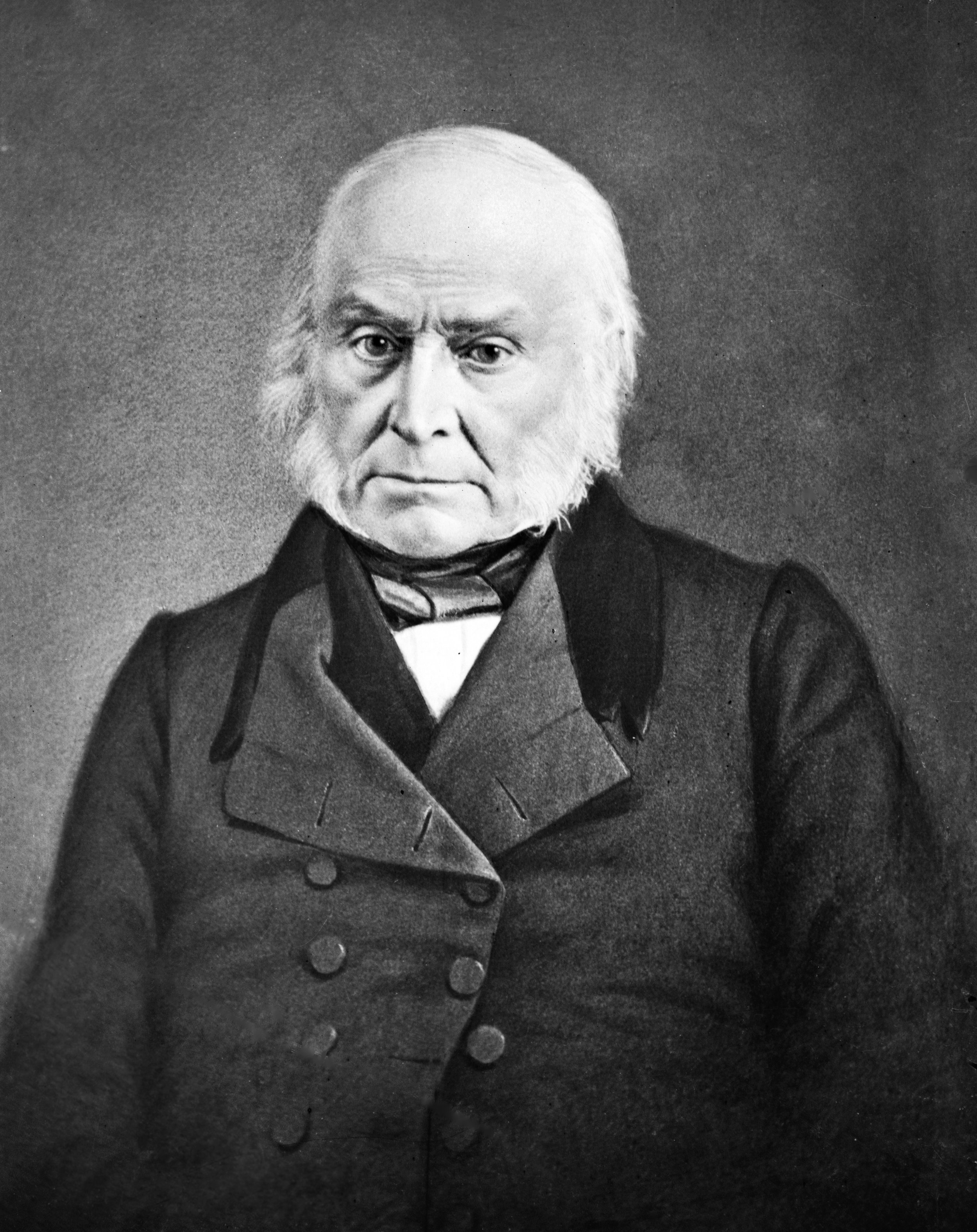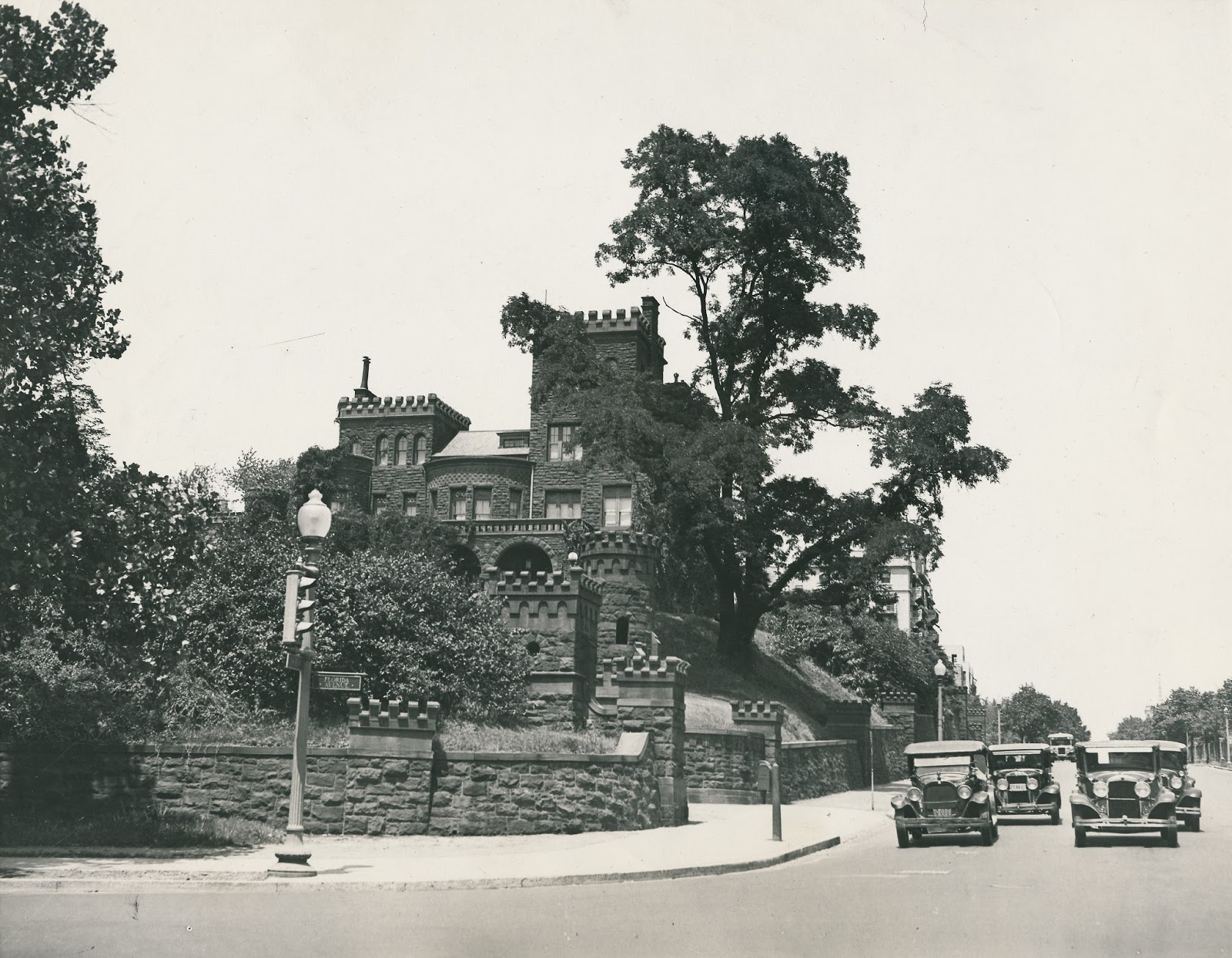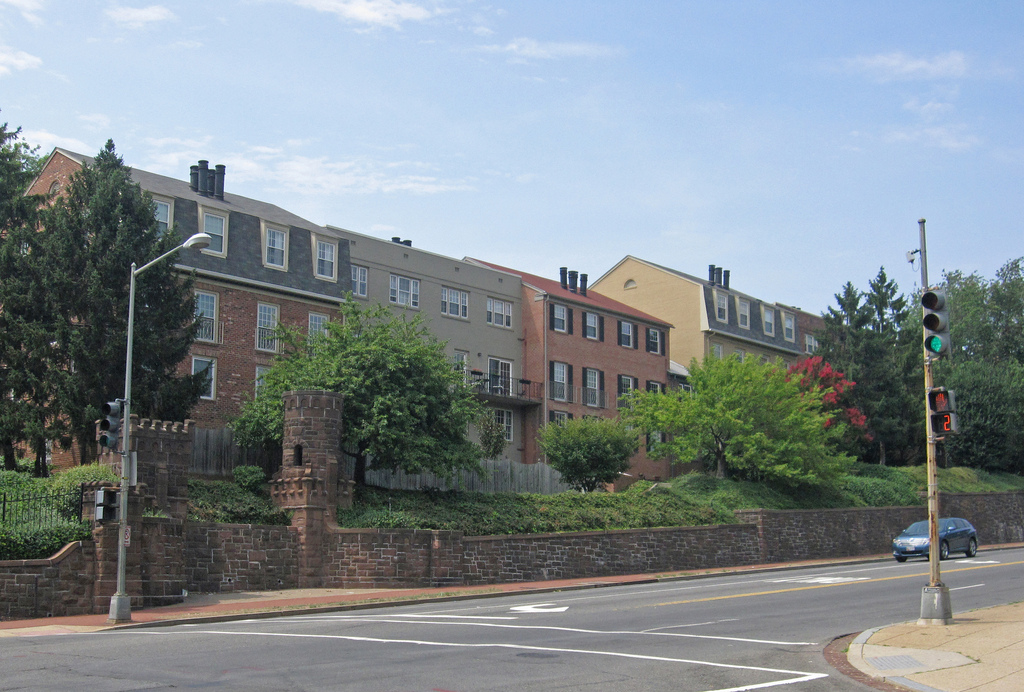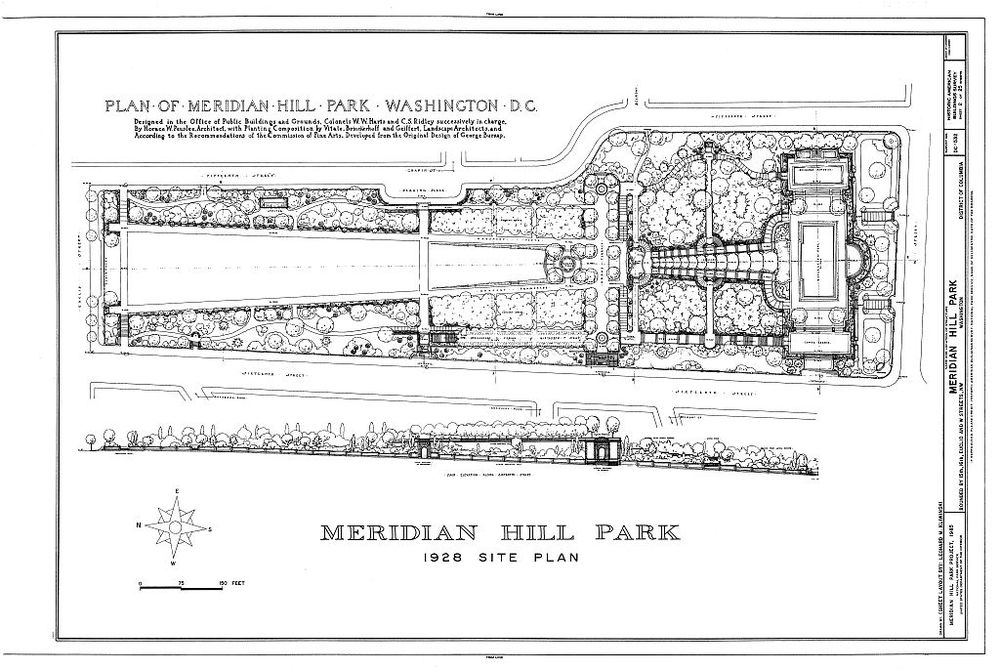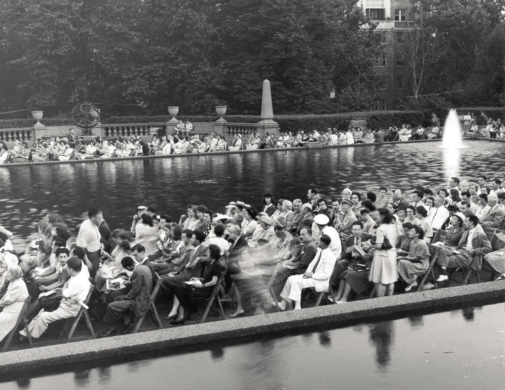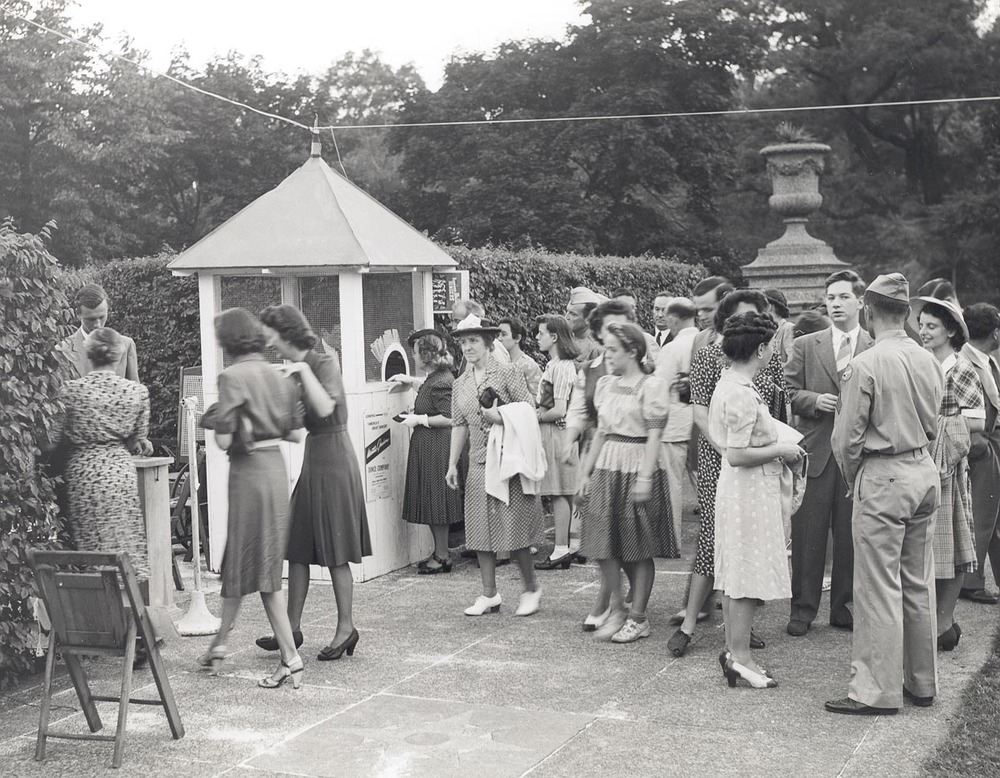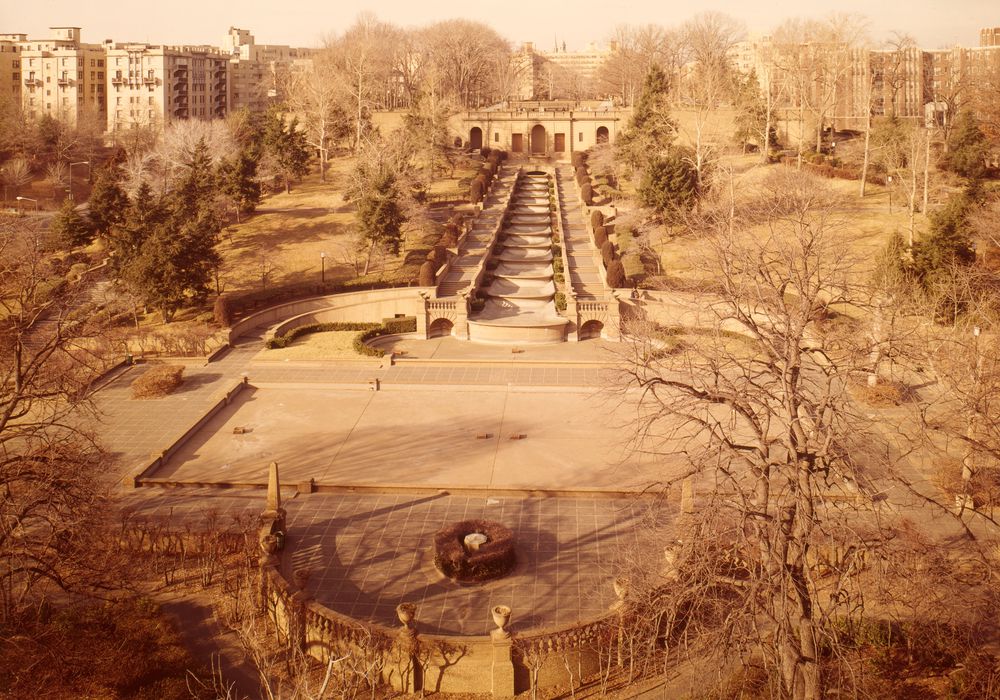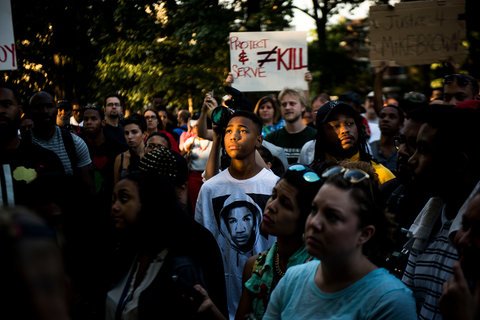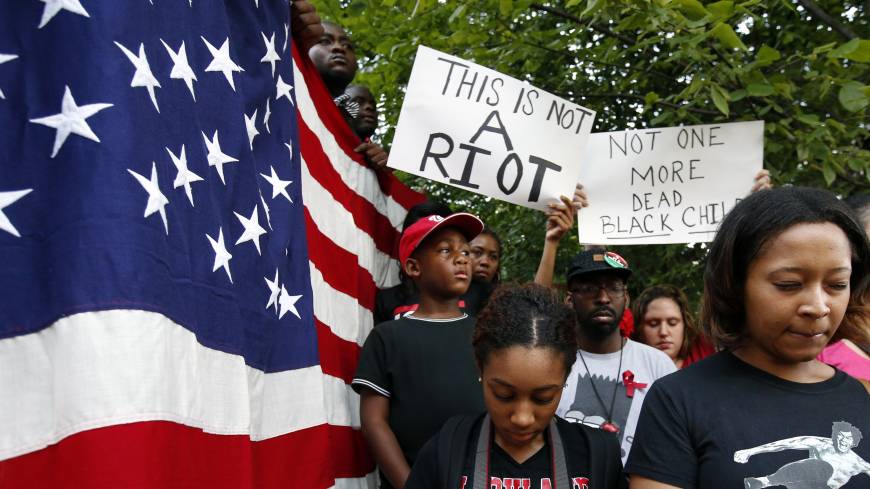Meridian Hill Park
The fountain at Meridian Hill Park via
Last winter after a Zoo Lights trip, my then-fiance and I decided to use the Harvard street exit and wander around. We took Harvard to 16th and walked south. To our left was a long wall. What is that? we wondered, before going on with our night. After looking it up online, I couldn’t believe I’d never known about the park before then.
In 1791, African American astronomer Benjamin Banneker assisted Andrew Ellicott in surveying the land that would become the nation’s capital, Washington, DC. When Pierre L’Enfant later designed the city, he did so around a right triangle, with the Capitol to the east, the White House to the north, and the Jefferson Pier (near the Washington Monument) marking the intersection, in line with Banneker’s original mile marker. The north-south line through the White House was the prime meridian, or the center line through the city; it was called the Washington Meridian. In 1804, Jefferson placed an obelisk a mile and half due north of the White House, on a hill at the present-day intersection of Florida Avenue and 16th Street.
In 1815, Commodore David Porter, a hero from the War of 1812, bought land on the hill and renamed it Meridan Hill for its position along the Washington Meridian. His grand home, the Meridian House, was where President John Quincy Adams lived after losing reelection in 1828. After the Civil War, the land was subdivided, and free and formerly enslaved African Americans bought property and settled in the area, which remained mostly forested and undeveloped for decades.
In the 1880s, former Senator John Henderson and his wife, Mary Foote Henderson, began buying land on Meridian Hill. Their home, the Henderson Castle, kicked off development of Meridian Hill, and by 1928, 15 Beaux Arts mansions had been built. Mary Foote Henderson proposed many plans for Meridian Hill, including a presidential mansion, but all were rejected. In 1912, one of her proposals was finally accepted, and she sold a plot of land to Congress.
Over the next twenty years, multiple landscape designers worked on the project, inspired by Italian gardens in European cities across the continent. Through the 1950’s, the park was popular for its starlit performances, including plays, orchestras, and the Von Trapp family (!). A 1968 gala brought 20,000 guests to the park.
In the 1960s it became a center for protests and demonstrations, beginning with the assassination of Martin Luther King Jr. By 1969, newspapers noted that the park was being called Malcolm X Park.
In the 1970s and ‘80s, the park became known for drugs, muggings, and murders-- it was one of the most dangerous places in the city. Determined to return the park to its former glory, a local neighborhood association formed a park patrol in 1990. When the Washington Post reported that the park was “Losing its Luster to Vandalism” because no one cared enough about the park to report crimes, the neighborhood watch organized a clean-up to prove otherwise. Over 100 people came out to clean the park, the the Friends of Meridian Hill was born. Since then, crime has dropped by 95% and attendance has tripled.
Sources
Meridian Hill Park, Wikipedia
Meridian Hill Park, National Park Service
Meridian Hill Park, Then and Now; Curbed DC
Why Is It Named Meridian Hill? Ghosts of DC
Roads to Diversity, Adams Morgan Cultural Trail; Cultural Tourism DC
Neighborhood Reclaims Meridian Hill Park in Washington, DC, Project for Public Spaces
Mary Foote Henderson, The Iron-Willed Empress of Meridian Hill, Streets of Washington
Benjamin Banneker, Biography




